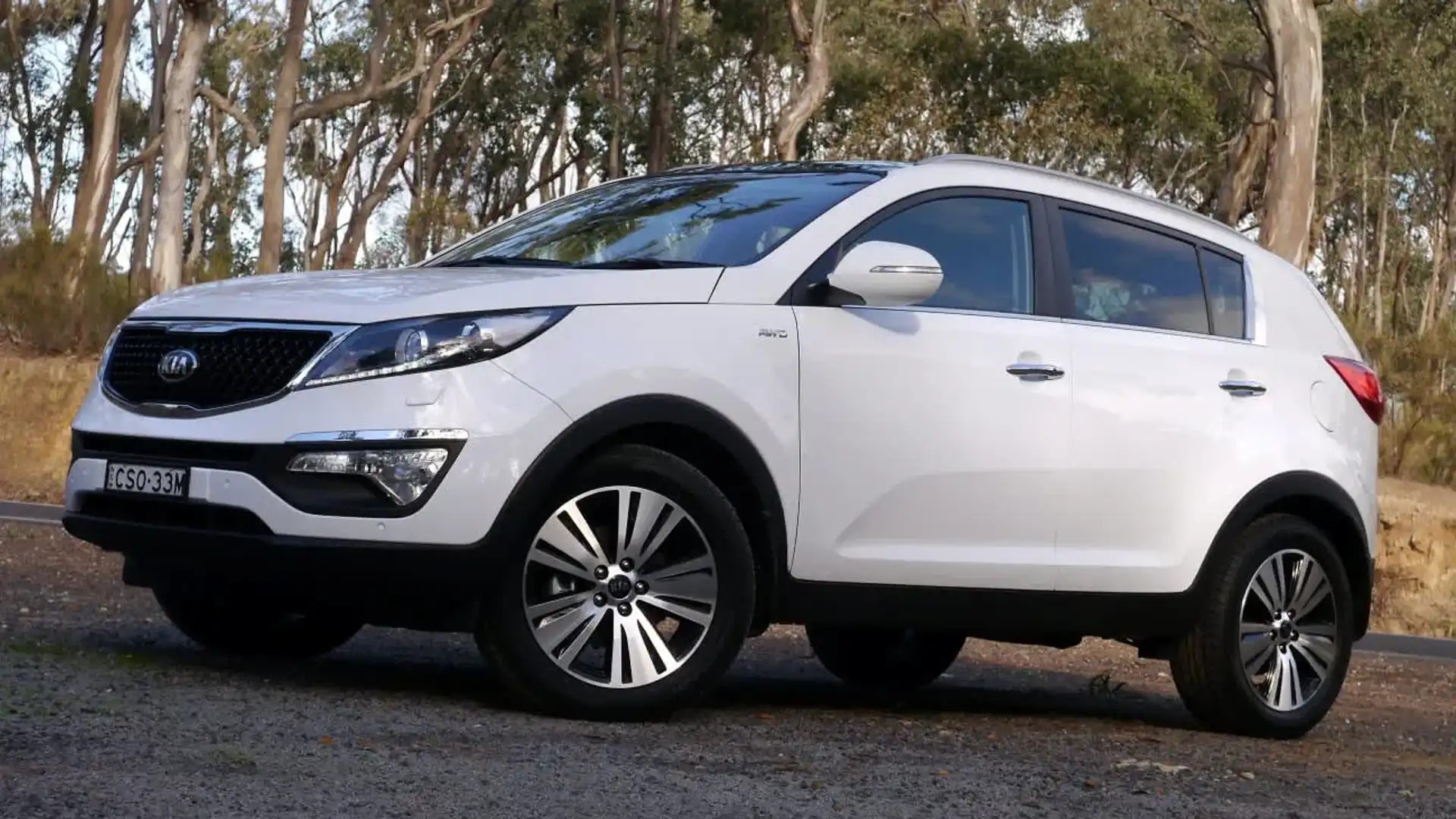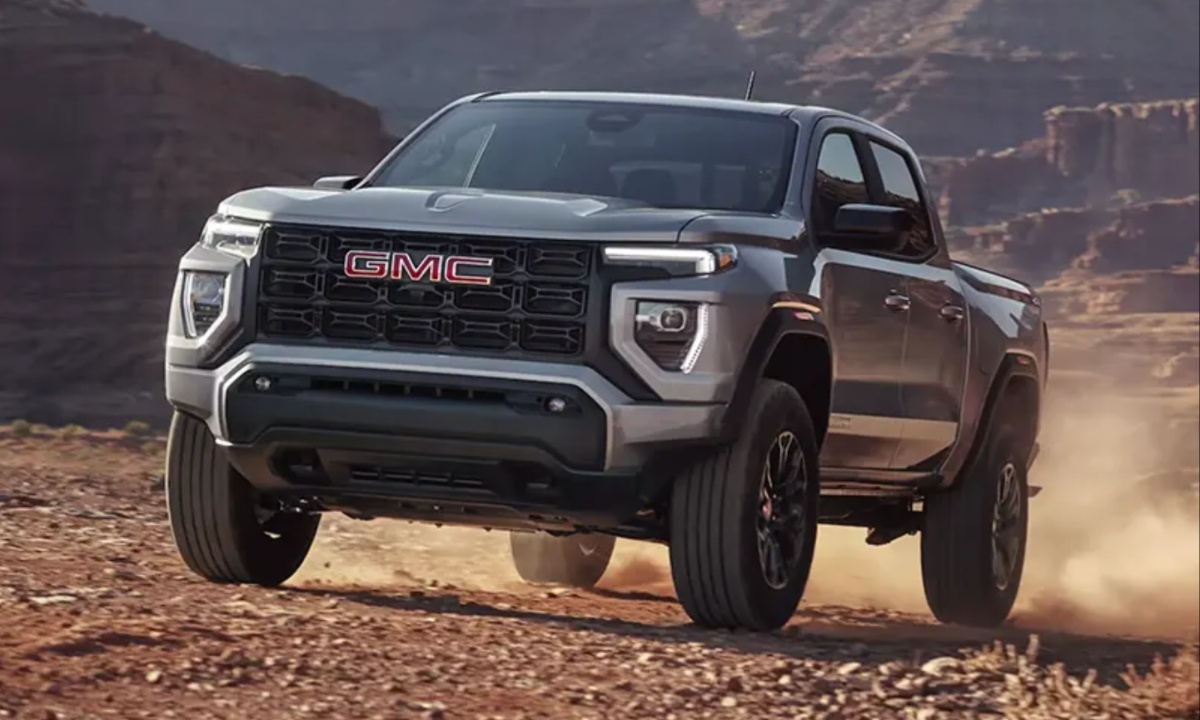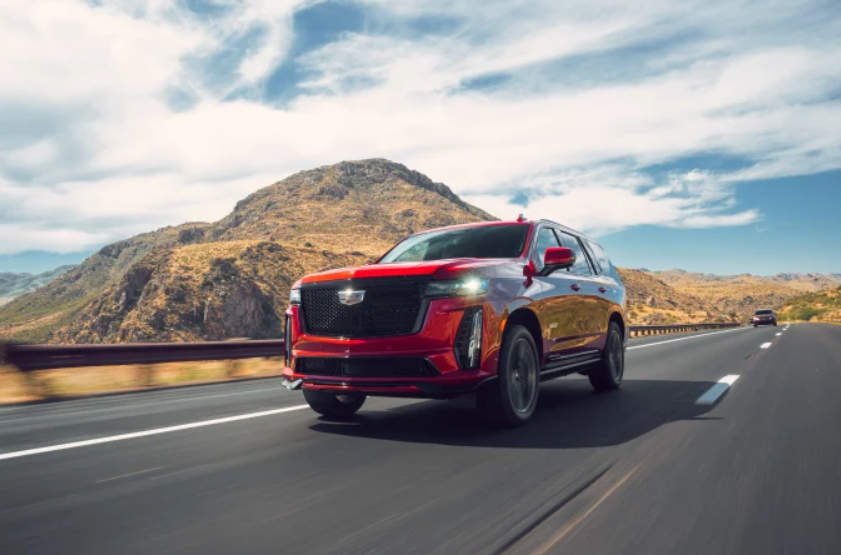For years, American car buyers have preferred larger vehicles like SUVs and trucks. Automakers followed this trend by focusing on big, expensive models.
However, high car prices, increasing interest rates, and rising ownership costs are pushing people toward smaller, more affordable vehicles. Many buyers now care less about size and more about staying within budget.
Car ownership has become very expensive. The average price of a new car was over $48,000 in late 2024. Larger SUVs can cost even more, sometimes reaching $76,000.
With higher financing and insurance costs, many households struggle to afford big vehicles. Smaller cars and compact SUVs, which cost much less, are now a more attractive choice.

Are Americans Ready for Smaller Cars?
Smaller vehicles are becoming popular again. Sales of compact cars like the Honda Civic and Nissan Sentra grew by over 23% in 2024. Compact and subcompact SUVs also saw an increase of 11.5%. These vehicles now make up 27% of total car sales, a significant rise from 22% before the pandemic.
Also Read: Why U.S. Automakers Ignore Compact Cars and Sedans? Automotive Trends in 2025
Asian car brands such as Toyota, Honda, and Mazda are leading this shift. They continue to offer reliable and affordable compact vehicles, while American automakers have focused more on larger models.
Budget-friendly options like the Chevrolet Trax have become highly sought after, but dealerships often struggle to keep them in stock.
The move toward smaller cars isn’t just about price. Many people prefer compact SUVs because they offer better fuel efficiency, modern technology, and easier parking.
Families who don’t need a massive vehicle find that small SUVs provide enough space without the high costs of bigger models.
Affordable sedans and hatchbacks have mostly disappeared. In 2019, there were 45 new models under $25,000, but now only 11 remain.
As a result, many buyers are choosing smaller SUVs instead, even if they originally wanted a sedan. The shift toward compact cars is also practical for city and suburban residents who need easy-to-park vehicles.

American automakers face challenges with this trend. Companies like Ford and GM have mostly stopped making small cars, focusing instead on trucks and SUVs.
This strategy worked when gas was cheap, but now it limits their options for budget-conscious buyers. Chevrolet’s Trax has been a success, but inventory shortages make it hard for buyers to find one.
Also Read: Chevrolet Expands 2025 Silverado EV Lineup with Impressive Range and Versatile Configurations
Economic factors will determine whether this trend continues. If interest rates drop, more people may be able to afford larger vehicles again. However, if car prices keep rising due to tariffs or production costs, demand for smaller, fuel-efficient vehicles could remain strong.
Smaller cars offer lower upfront costs, better fuel economy, and lower maintenance expenses. As buyers look for ways to save money, compact vehicles could become the smarter choice for many Americans in the years ahead.

